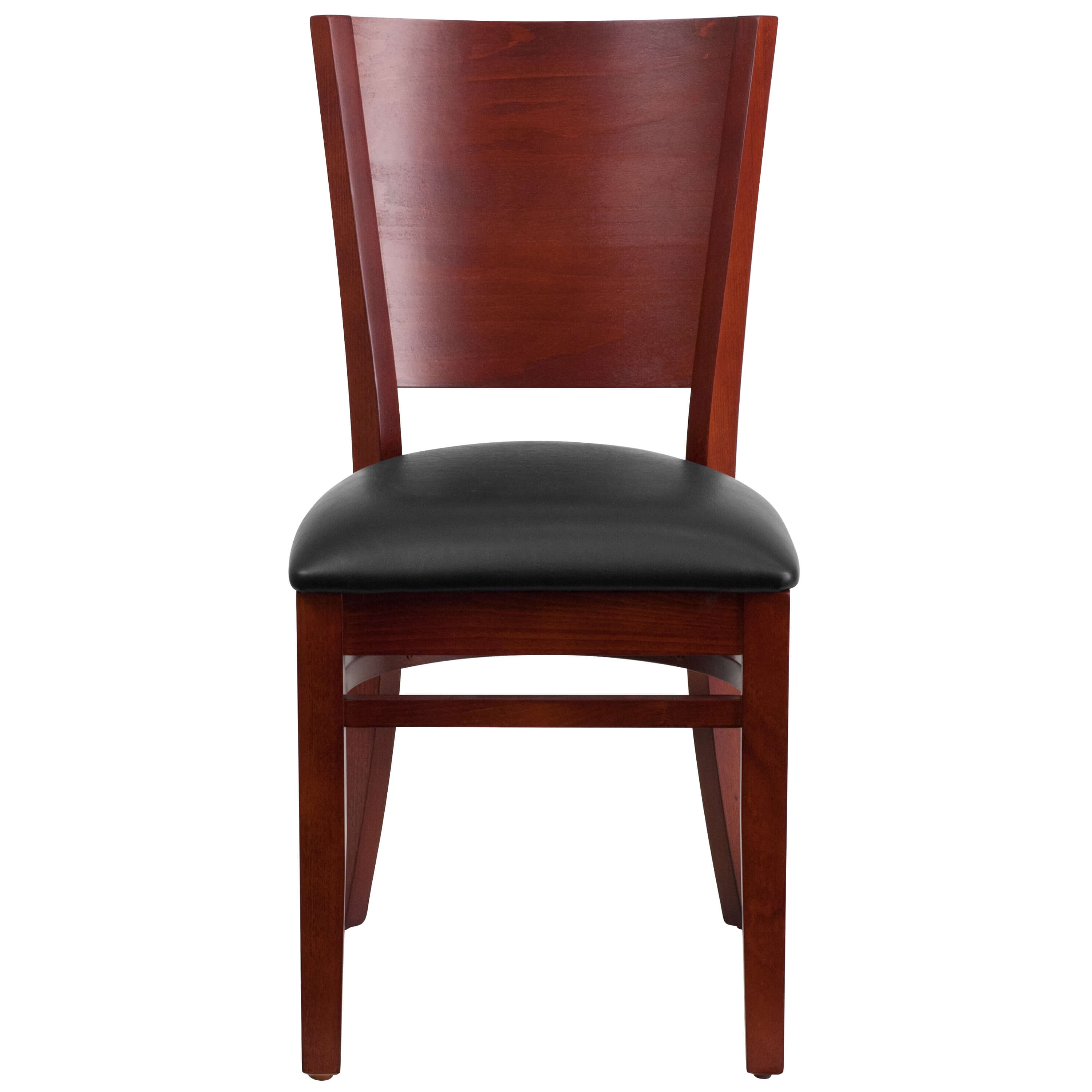Manufacturing and Sustainability: Needham Solid Wood Dining Chair

The Needham Solid Wood Dining Chair embodies a commitment to both craftsmanship and environmental responsibility. Its production process, from wood sourcing to final assembly, is designed to minimize environmental impact while delivering a high-quality, durable product.
The manufacturing process begins with the careful selection of wood. We prioritize sustainably sourced hardwood species, such as oak or maple, from responsibly managed forests certified by organizations like the Forest Stewardship Council (FSC). This ensures that the wood comes from sources that practice sustainable forestry, replanting trees and minimizing environmental damage. The wood is then transported to our manufacturing facility, minimizing transportation distances whenever possible to reduce carbon emissions.
Wood Processing and Chair Construction
Once at the facility, the wood undergoes a series of processes. This includes milling the lumber to the precise dimensions required for the chair components. Advanced machinery ensures accuracy and efficiency, minimizing waste. Traditional joinery techniques, such as mortise and tenon joints, are employed to create strong and durable connections, enhancing the chair’s longevity and reducing the need for frequent replacements. The finishing process involves applying non-toxic, water-based stains and sealants to protect the wood and enhance its natural beauty. These finishes are chosen for their low VOC (volatile organic compound) content, minimizing air pollution during the manufacturing process and in the home environment.
Environmental Impact Assessment, Needham solid wood dining chair
The environmental impact of the Needham chair is significantly lower compared to chairs made from alternative materials. The use of sustainably sourced wood, combined with efficient manufacturing processes and low-VOC finishes, reduces the overall carbon footprint. Furthermore, the chair’s durability contributes to its long lifespan, reducing the need for frequent replacements and minimizing waste. The natural biodegradability of wood also offers a significant advantage over synthetic materials.
Comparison of Environmental Impacts
The following table compares the environmental impact of the Needham chair (made from sustainably sourced hardwood) with chairs made from plastic and metal. Note that these are generalized comparisons and the exact figures can vary based on specific materials, manufacturing processes, and transportation distances. Data for the table is derived from various life cycle assessment studies and industry reports.
| Material | Carbon Footprint (kg CO2e per chair – estimated) | Recyclability | Sustainability Certifications |
|---|---|---|---|
| Sustainably Sourced Hardwood (Needham Chair) | 5-10 | Biodegradable/Compostable (with proper disposal) | FSC Certification (potentially) |
| Plastic | 15-25 | Limited (depending on type and recycling infrastructure) | Often none, though some manufacturers use recycled content |
| Metal (Steel/Aluminum) | 12-20 | Recyclable (but requires energy-intensive processes) | Potentially recycled content certifications |
